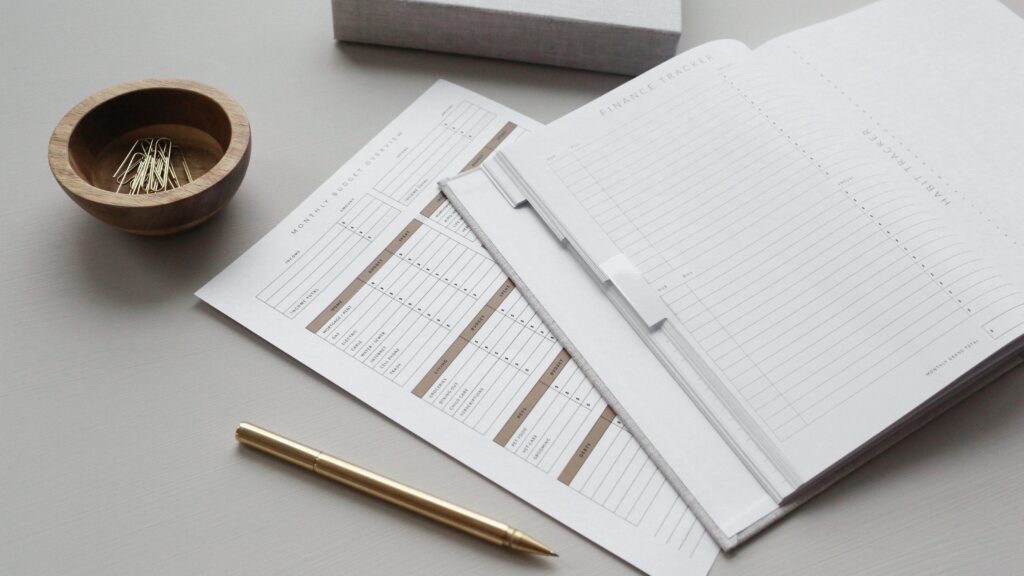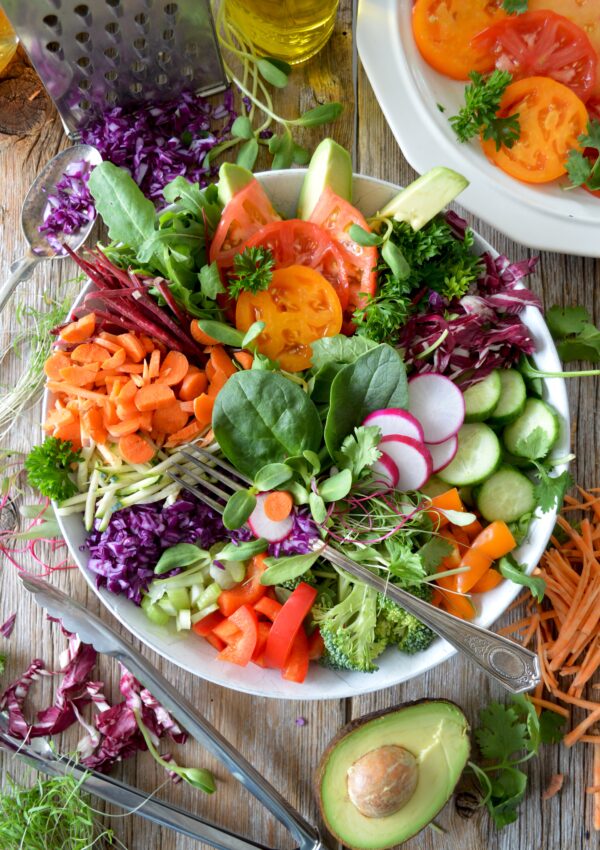Do you thrive on structure, but struggle to create a routine while traveling long term?
This post is for all my routine-loving girlies out there who travel and work remote for extended periods.
It’s safe to say that most of us enjoy and find comfort in being creatures of habit. I have recently come torealize that I am more dependent on a routine than I would like to admit.
It’s both a blessing and a curse. Meaning, when I have a good routine, I tend to stick to it and get up and work out or wake up early even though I don’t feel like it.
On the flip side, however, when I break that routine, and allow all my normal tasks to fall to the side, it is extremely difficult for me to get back to a healthy routine. At that point, my do-the-bare minimum becomes my routine.
This unstructured state of living is only made worse with long term travel. I have been traveling and working remotely off and on for almost a year. My husband and I spend months out of the year working and setting up life in new parts of the country, based on his job.
Traveling and working has its perks for sure, but I have realized I need a master list, of sorts, to stick to when we travel to a new place for work. Mainly because I need something to ground me when my home environment switches up so often.
Today’s post is all about how to create a productive routine while traveling long term.

Get on a Solid Sleep Schedule
Getting enough quality sleep is a game changer. Step 1 in creating a successful routine while traveling long term is maintaining a set sleep schedule.
How many hours does it take for you to feel at your best? Set your routine accordingly. (And of course, it’s not the end of the world if your schedule fluctuates a little.)
I used to operate on 5-6 hours of sleep when I was in college and well into my working career. It took me until I got married to realize that I felt SO much better with at least 7.5-8 hours of sleep. How shocking, right?
I also know that I operate best by waking up early. I define early as 5 am – 6 am. This gives me at least 2 – 3 hours to read my Bible, do some blog writing, and work out before I start my 8 – 5 work day.
Morning Routine
Morning routines feel overrated at times, but they are hyped for a reason. How you spend the first moments of your day sets the day’s pace and tone.
If I wake up at 7:58 and need to start work at 8:00 a.m. I will play catch-up all day. Creating a morning routine with these 3 elements in mind is a much better move:
- Breakfast / Choice morning beverage, e.g., coffee or tea
- Quiet time for reflection, like Bible reading and prayer
- Movements, like a HIIT workout, a run, or a walk
These are the three basic elements of a simple morning routine. The idea is to get up early enough to get these things done in peace before your daily obligations kick in, be it starting your work day or taking care of your family, etc.
As a bonus, you can also make time to work on a hobby or side hustle. In my case, my hobbies include my writing projects, which mainly consist of this blog. Sometimes my hobby is writing fiction, or trip planning and creating the perfect itinerary for an upcoming trip.
Step 2: for creating a routine while working long term to start your day off with intention and space to breathe in the AM. Having some self-guided time to get your blood flowing, have a meditative moment, and feed yourself is extremely important before your responsibilities kick in for the day.
Have a To Do List
It should come as no shock that a routine-loving person like me also loves a good to do list. I may go so far as to say that having a to-do list is almost like a vital sign.
If there’s no objective lined out for the day, I know it’s a sign that I may be struggling more than normal. Usually a result of falling off my sleep schedule during the weekend or feeling sick. As soon as I’m back to fully functional mental and physical capacity, you better believe I’m jotting down a multi-faceted to-do list.
I like to think of to do lists in three different realms:
- Home life
- Work-life
- Side projects / Hobbies
These three categories form the main buckets of where my responsibilities fall. Home life includes cooking, cleaning, grocery shopping, etc. It can also include quality time with your partner or spouse and your workout routine.
Work-life is self-explanatory and includes things like showing up on time, being present and engaged, and systematically accomplishing the tasks and responsibilities you were hired to do.
Lastly, side projects or side hustles. You don’t necessarily have to have a side project in the sense of a side business or money-making venture. This could also be a hobby. I have several hobbies and side hustles that I like to work towards.
Step 3: Create your to-do list the evening before or the morning of, it’s up to you. Having a physical reminder of your goals for the day is like having an outline that creates a mini blueprint for you to follow.
And remember, to do lists are only an outline.
Eat Well + Drink Water
To maintain energy and focus throughout the day, you need to eat well. When it comes to content, I like to call food the real estate of the content world. Meaning, just like everyone needs a home to live in, everyone also needs food and water to live. (This is why food bloggers and content creators thrive off the sheer search volume).
Random tangent.
Drinking water is a big part of fueling your body throughout the day. I can feel the sluggishness and brain fog when I’m only consuming 24 ounces of water a day. For reference, that is the size of one average refillable water bottle. On the other hand, when I’m closer to drinking a gallon of water a day (about 5 water bottles). My brain functions a lot smoother.
Eating well looks different for different people. Setting a routine eating schedule plays a big role in your daily routine, whether you admit it or not. Especially when you work from home. It’s often too easy to just grab something quick and hurry back to your computer to eat. Try setting the boundary of taking an actual lunch break away from your computer.
Traveling long term adds a whole other element to eating well. Because not all grocery stores are created equal. Enough said there.
Whether intermittent fasting or eating Whole 30, Keto, vegetarian, etc., The foods we eat and our eating schedule both play a role in how we feel.
Step 4: Treat meal times as a structured time to prepare and partake of food that truly nourishes your body and overall health.
Why Do People Like Routine So Much?
Routines provide a basic structure that enables people to feel grounded and has the byproduct of creating a more productive atmosphere.
From a psychological standpoint, routines can help ease anxiety by creating a sense of control in the small areas of life. They foster stability by being predictable and comforting by proxy.
This Headspace article makes a good point about creativity and routine: “The key benefit of routine for creative people is its regularity: if you find what works for you and then turn it into a process that requires zero thought, you free your mind for more important things.”
Many writers adopt a strict and pleasantly boring routine for just that purpose as that. The idea is to take all the decision fatigue out of regular daily tasks so the mind is free to focus on the creative act of novel writing.


